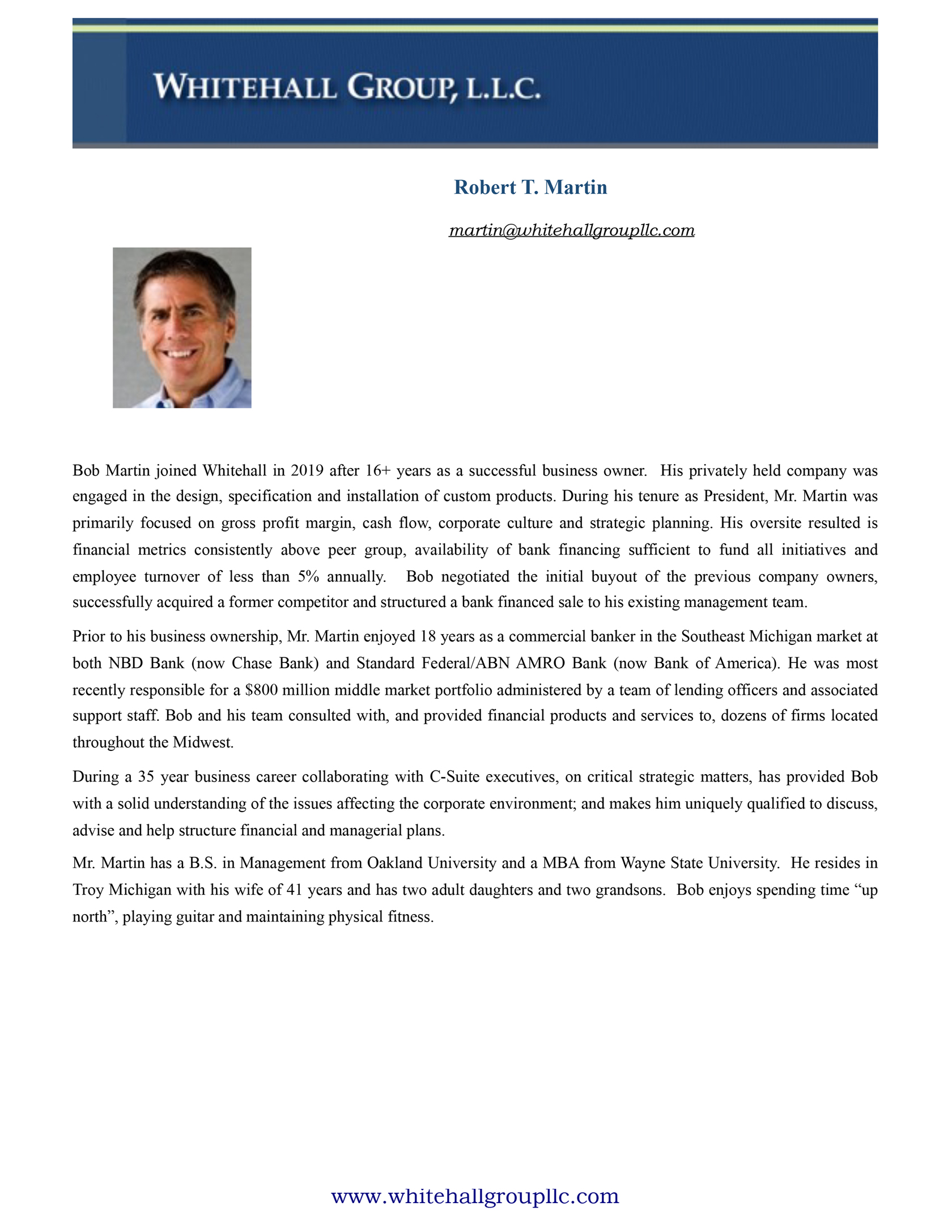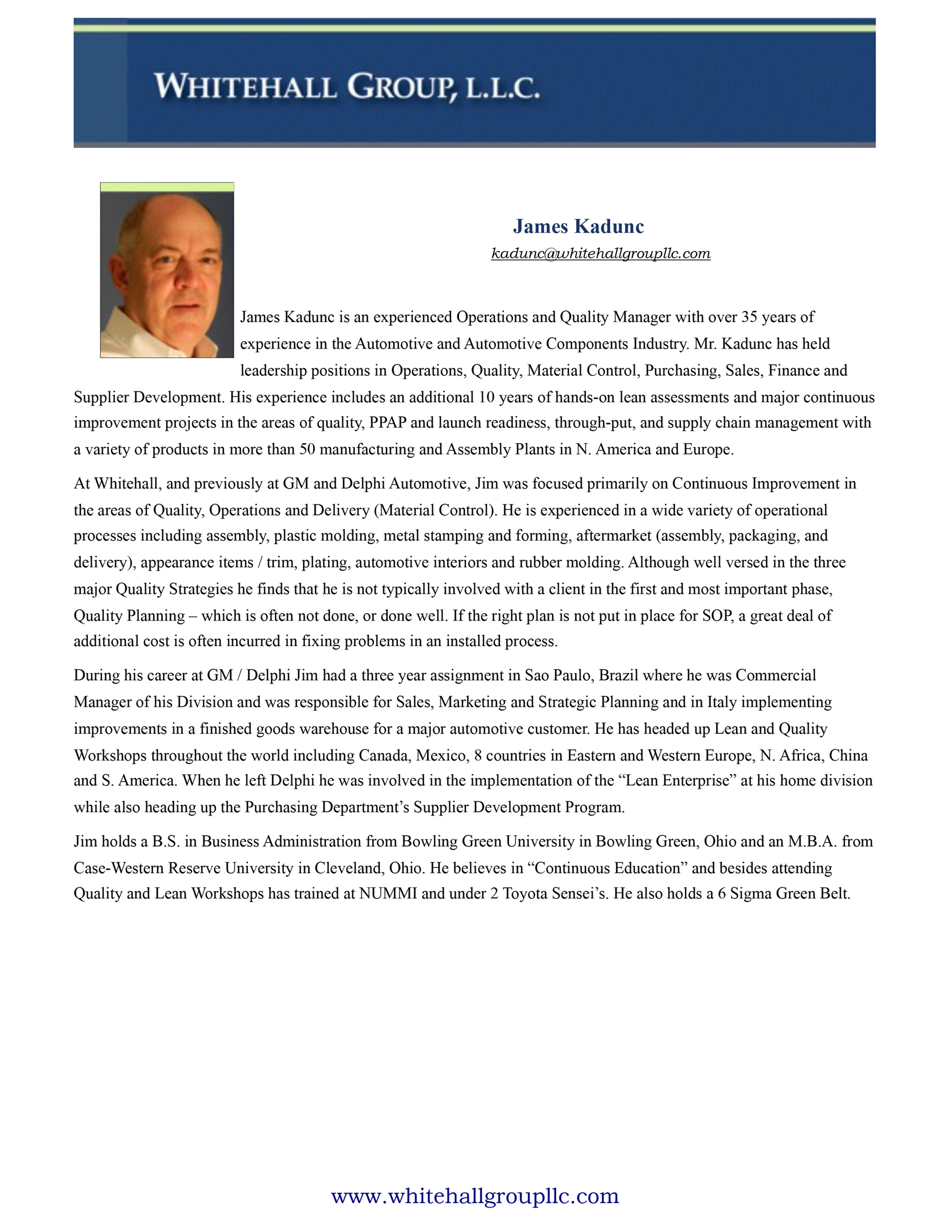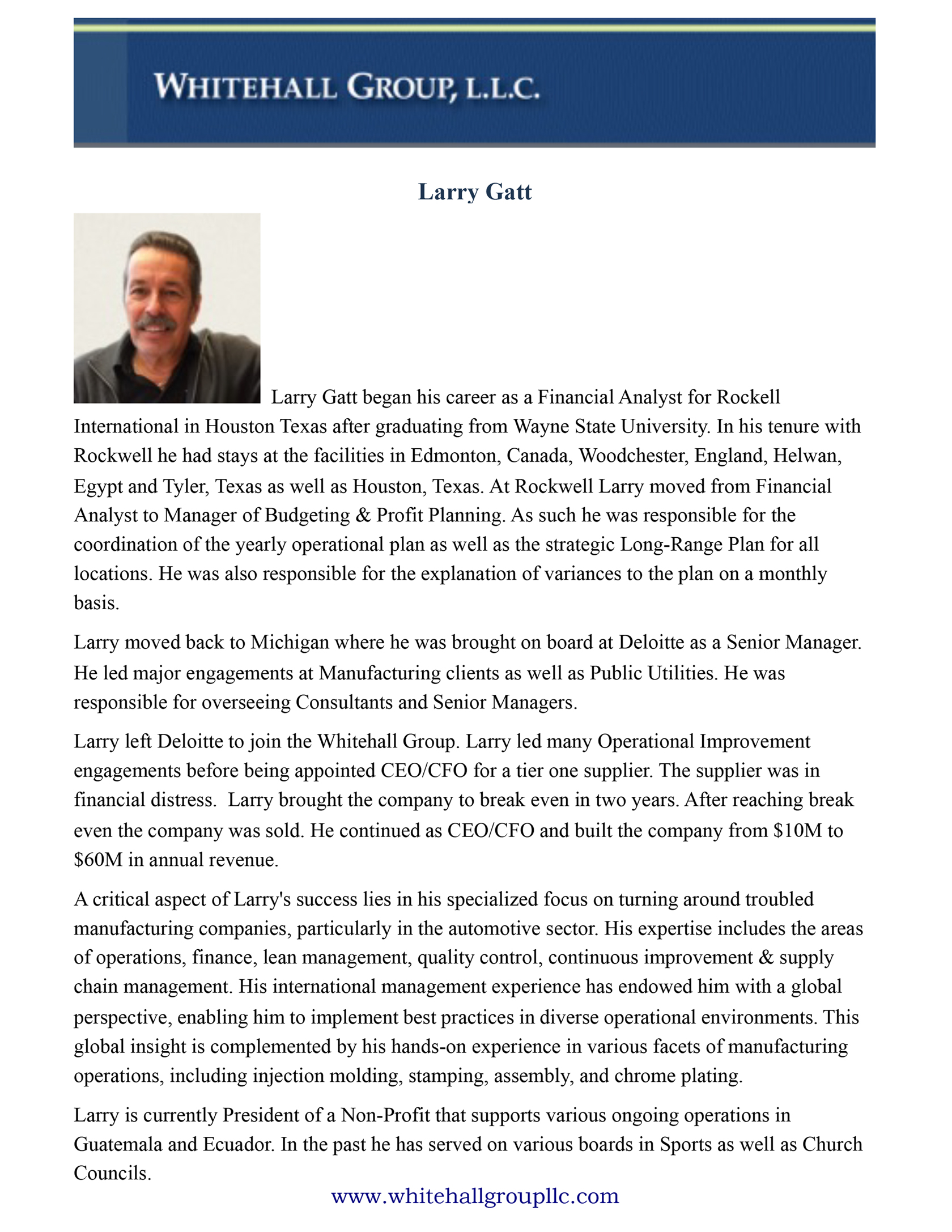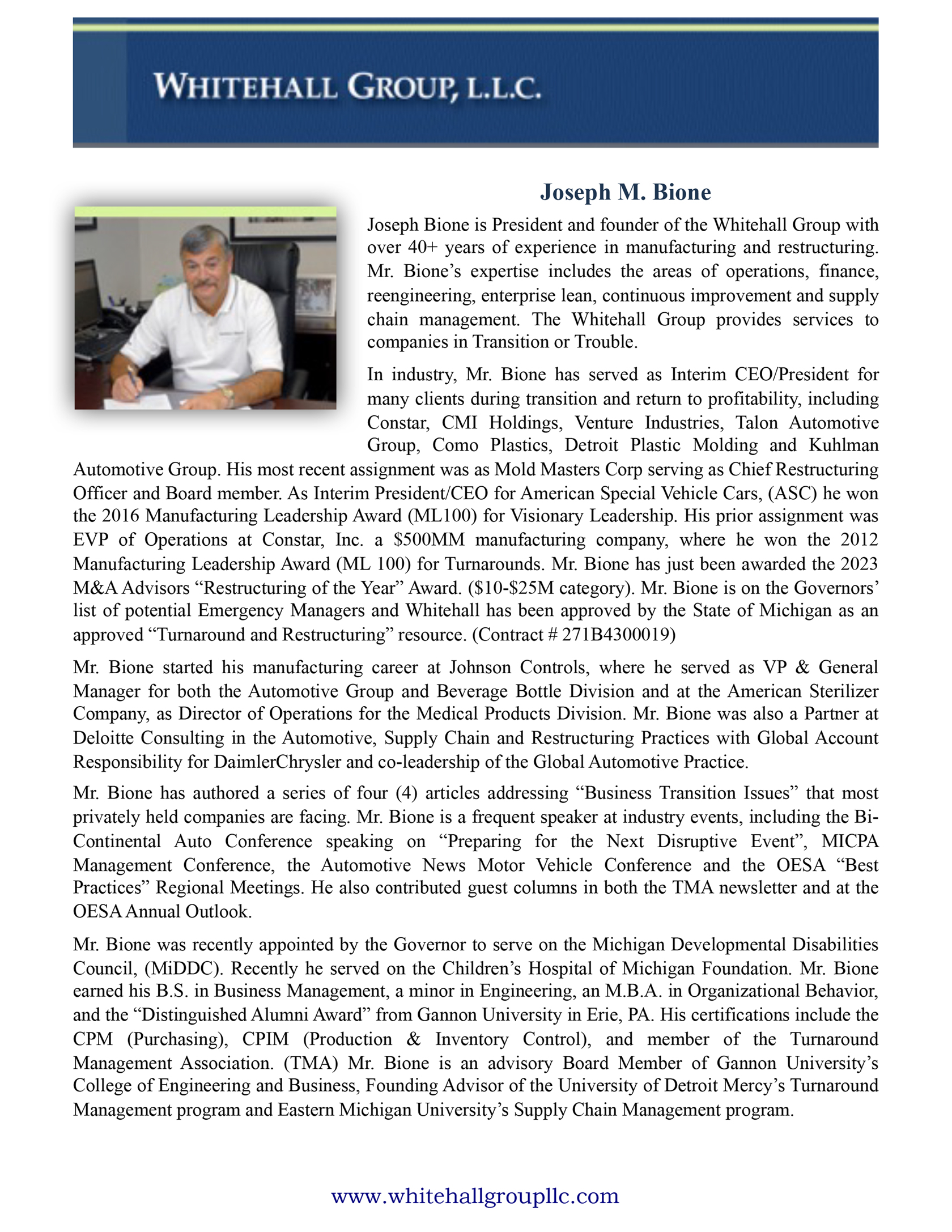In today’s ever-changing economic climate, businesses are walking a high wire, balancing between market demands and competitive pressures. The winds of disruption blow from every direction, be it shifting customer expectations, new product introductions, online purchasing, immediate delivery, fading customer loyalty, rising interest rates, or tightening access to capital. Maintaining your balance on this tightrope requires a keen understanding of the forces at play in your market and a proactive approach to securing your position.
Assessing Your Market Position Amid Economic Shifts
The current economic environment is a perfect storm of challenges: customer demand changes, global supply chain disruptions, inflation, banking instabilities, fluctuating interest rates, and our current political climate. Add to those evolving technologies, particularly in industries like automotive and manufacturing, and businesses are facing unprecedented pressures. In this atmosphere, companies must constantly review and reassess their market positions from their ultimate customer, down through their supply chain and, as importantly, their competition.
What Does it Mean to Review Your Market Position?
It’s about asking tough questions: Everything is changing rapidly, and those companies that are keenly aware of these dynamic changes needed to meet or exceed customer expectations will be the winners in this new market economy.
- Does your product or service still meet your customers’ needs?
- Are you responding to the shifts in demand quickly enough?
- How does your offering compare to what your competitors are doing?
- Is your customer’s product position changing and if so, will you be affected either way?
- Can your supply chain adjust with you?
In times of economic uncertainty and rapid customer changes to customer expectations and demands, standing still is not an option. You must evolve alongside customer and market trends. In a period where rising costs impact consumer spending habits, businesses that don’t adjust their offerings, online buying, and delivery demands, risk becoming irrelevant. This adjustment might mean developing more cost-effective solutions, improving product quality, or enhancing customer service to differentiate yourself from competitors.
Standing Out in a Crowded Market
Imagine the high-wire performer: they aren’t just focused on their own movements but are constantly scanning for external factors that could send them tumbling. In the business world, this external factor is your competition and new product disruptions.
Your competitive landscape is crowded, and each competitor is fighting for the same customer base. Standing out is more critical than ever, but how do you ensure your business doesn’t get lost in the crowd or even worse, gets replaced by changing technology and new product developments?
The answer lies in innovation, agility, and a willingness to differentiate. Companies that anticipate future trends, such as evolving technologies or sustainability initiatives, will be better positioned to weather the economic headwinds. A strong product or service offering that solves current pain points while preparing for future demands will place your business at the front of the line, rather than on the ropes.
Just look at your iPhone and see if you can remember any of the well-known national companies that manufactured products like calculators, cameras, handheld computers, radios, portable handheld TVs, day planners, calendars, Garmin mapping systems, wallets, credit cards, and even cash that we don’t carry anymore. Need I go on and on, as these products were all staples in our lives, and the next day, they were all gone or obsolete and in your iPhone. No one thought it would be possible yet here we are. What’s the next disruptive product event coming and what effect will it have on your products? Are you a leader or a follower? That is the question.
Supply Chains, Capital, and Workforce Dynamics
Strong winds are blowing, and staying balanced requires understanding the key economic factors shaping today’s business world. Supply chain challenges continue to create bottlenecks across industries, increasing costs and lead times. Securing reliable supply chains and building flexible networks that can withstand these disruptions will be essential to maintaining your competitive edge.
Access to capital has also become increasingly difficult. With rising interest rates and tighter banking regulations, businesses must find creative ways to finance growth and maintain cash flow. Smart financial strategies, such as optimizing internal operations and managing costs, will allow businesses to operate efficiently, even with constrained capital.
Additionally, workforce dynamics have shifted dramatically. The rise of remote work, a shortage of skilled labor, and changing employee expectations mean that businesses need to rethink their approach to hiring, retention, and workplace culture. Companies that offer flexibility, focus on employee development and create environments that attract top talent will maintain a stronger position as the job market tightens.
The High-Wire Act of Business Success
In this complex economic landscape, your business is engaged in a high-wire act, balancing market position and competitive pressures while navigating the economic winds of disruption. Success depends on maintaining your balance, ensuring your products meet evolving customer demands, standing out from competitors, and responding to economic headwinds with agility and innovation.
As the winds of uncertainty blow stronger, only businesses that prepare for future shifts and strengthen their position today will become agile enough to maintain their balance and remain standing.










